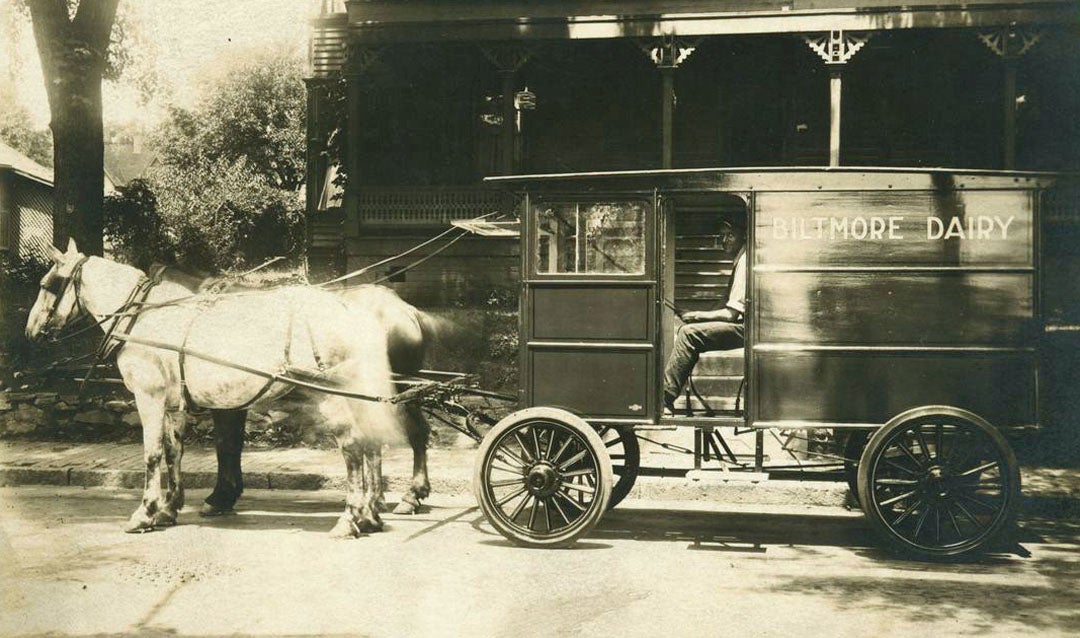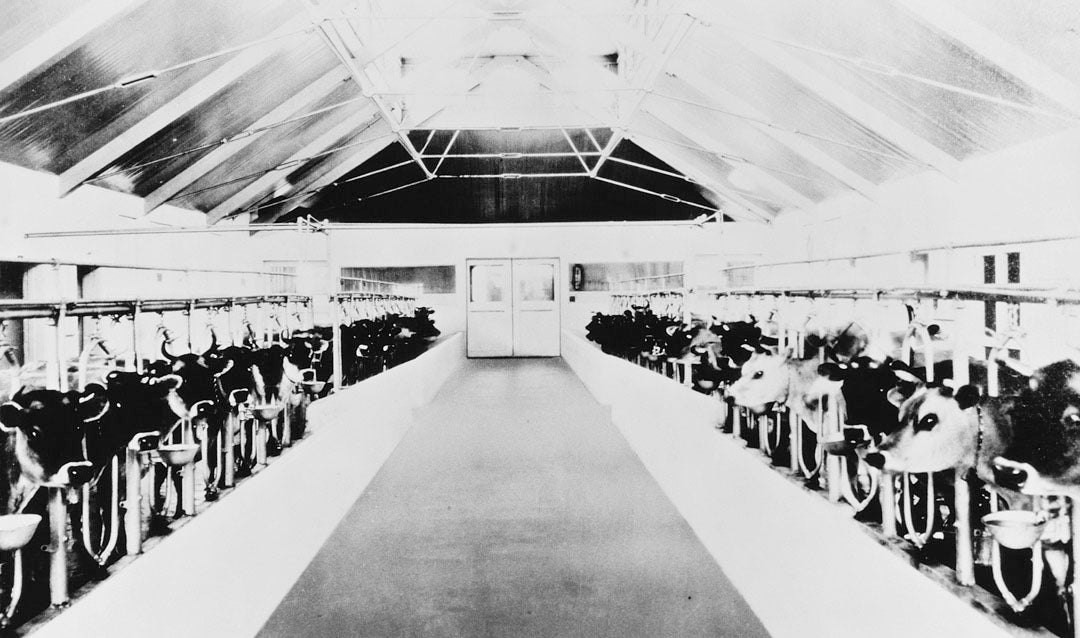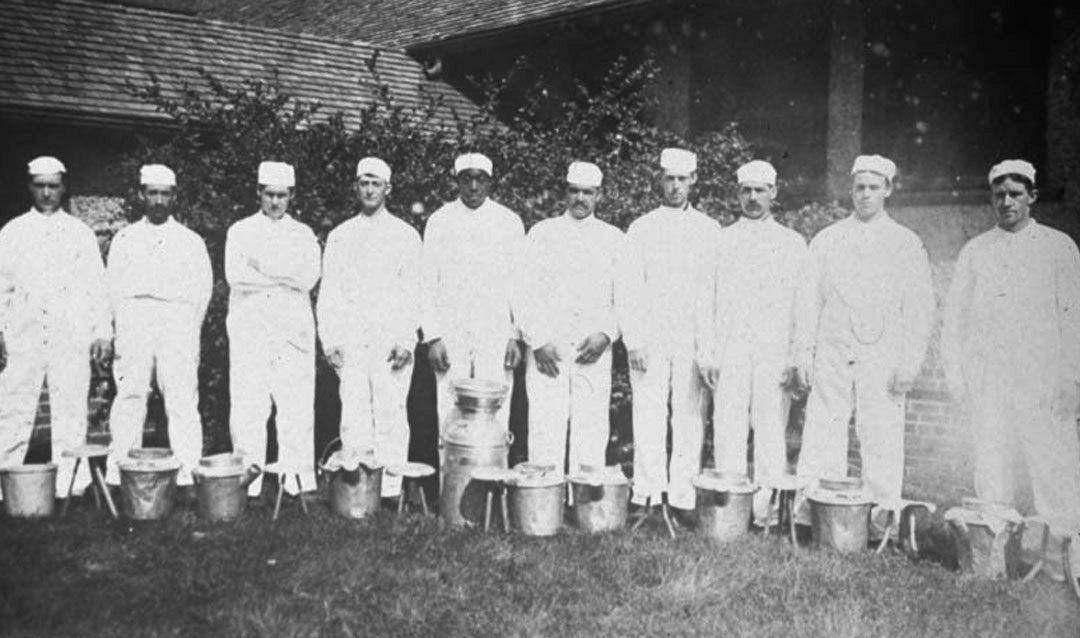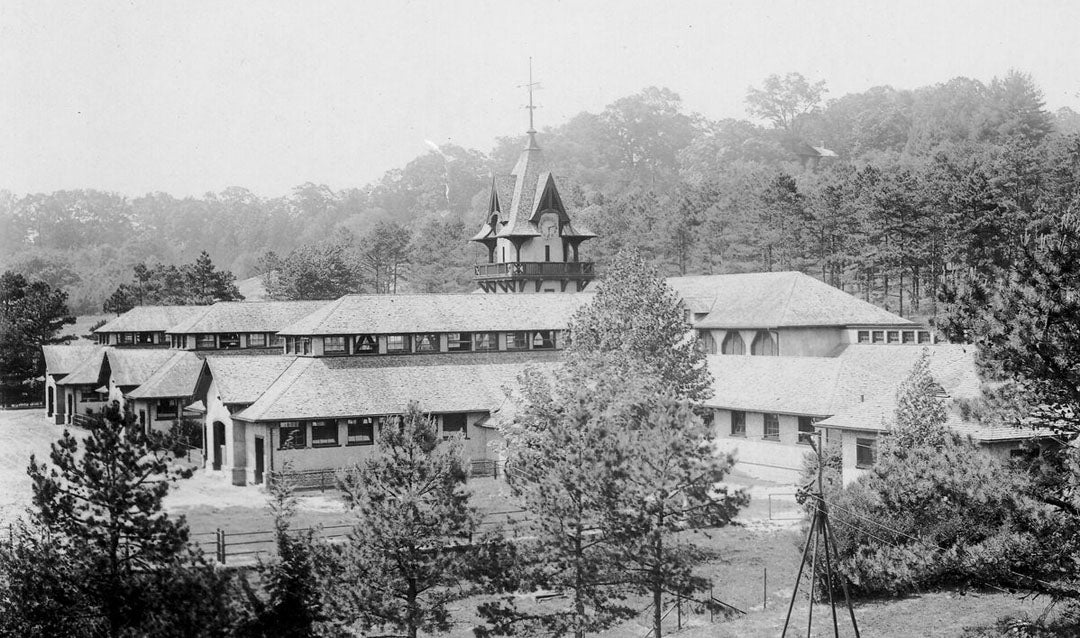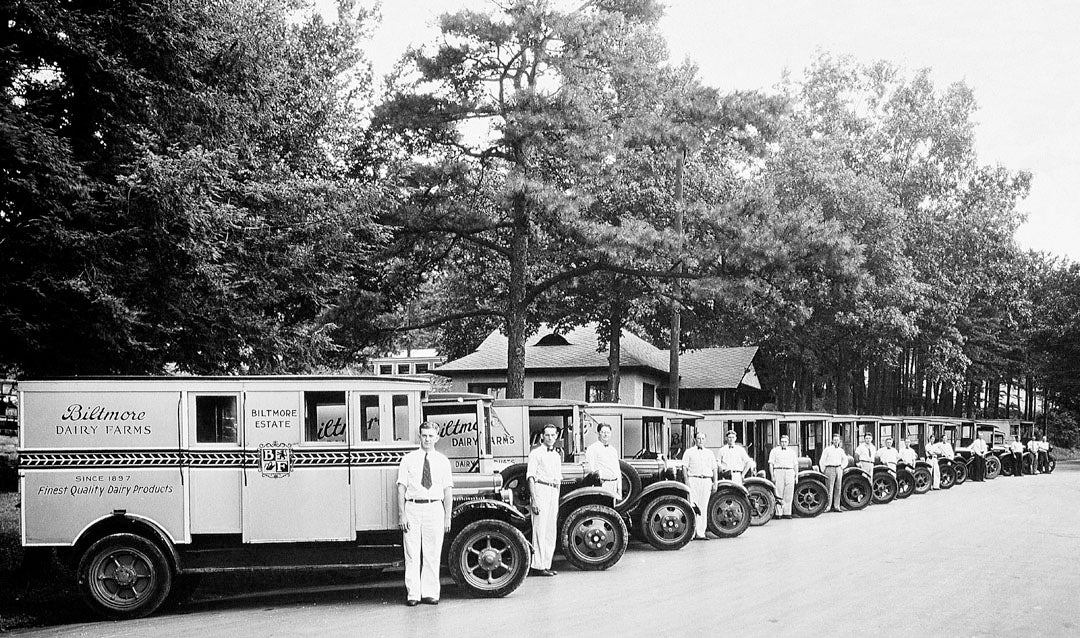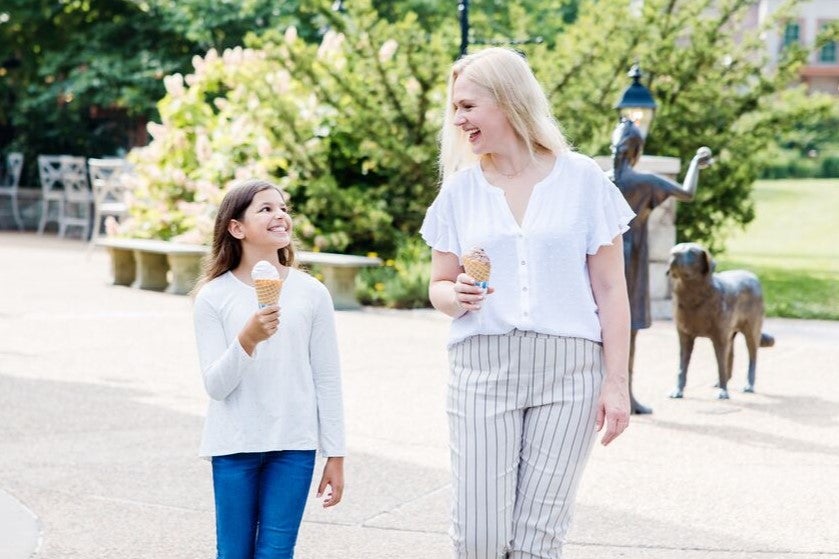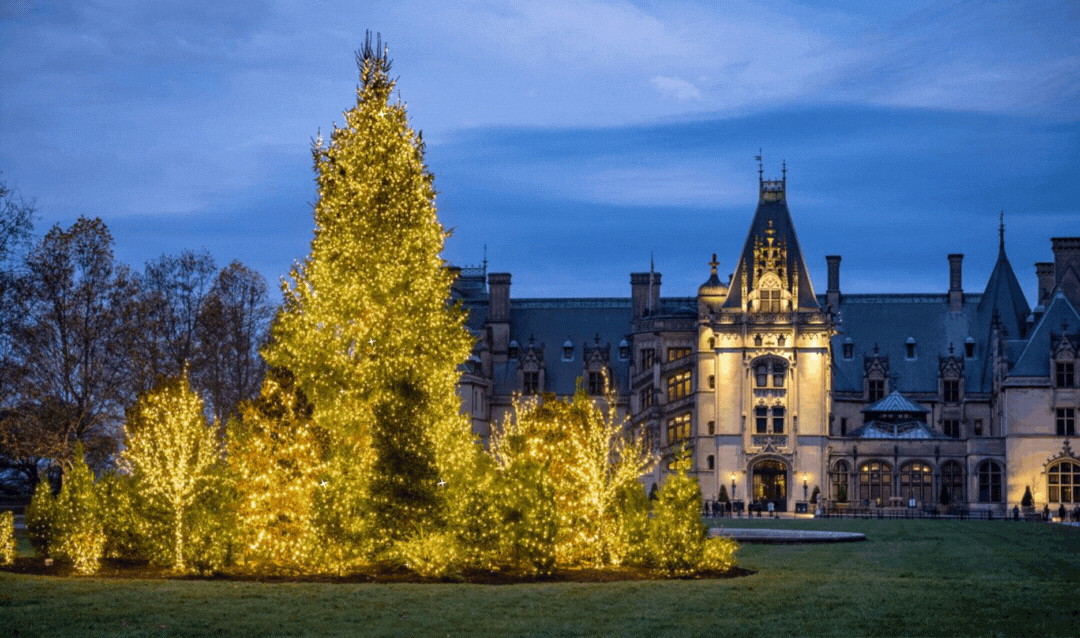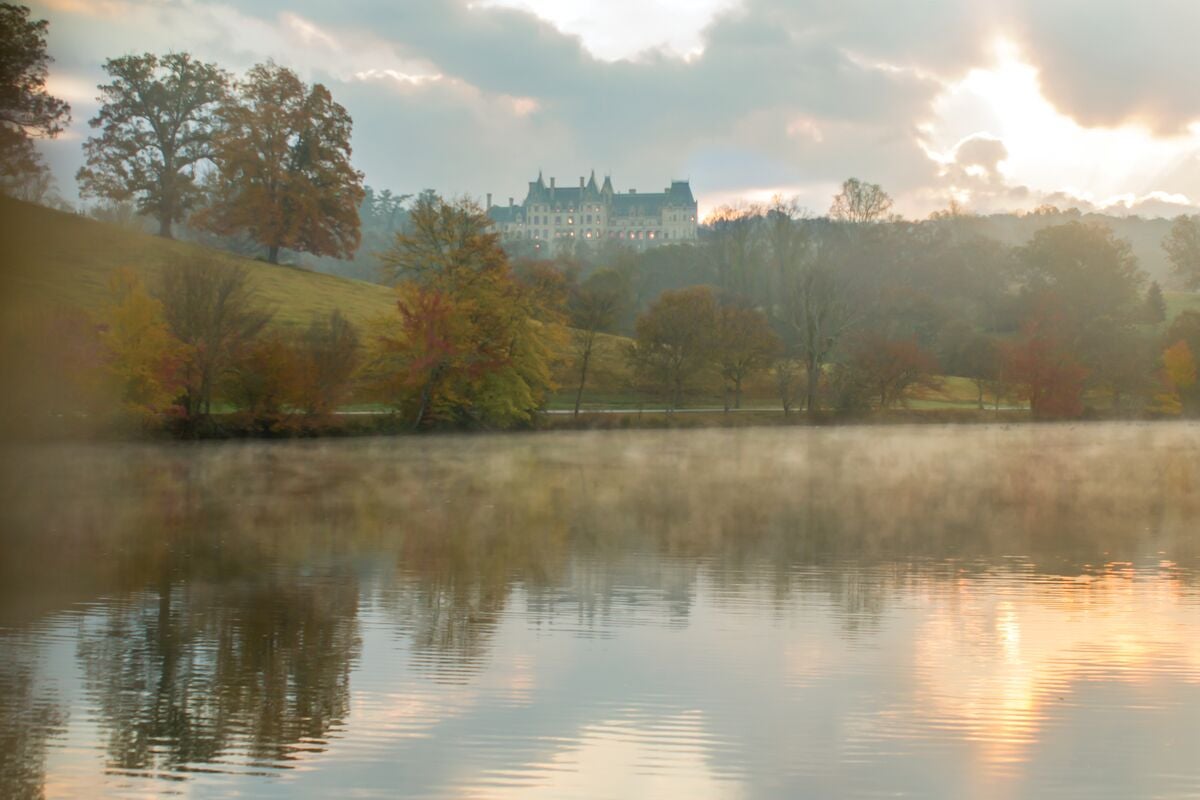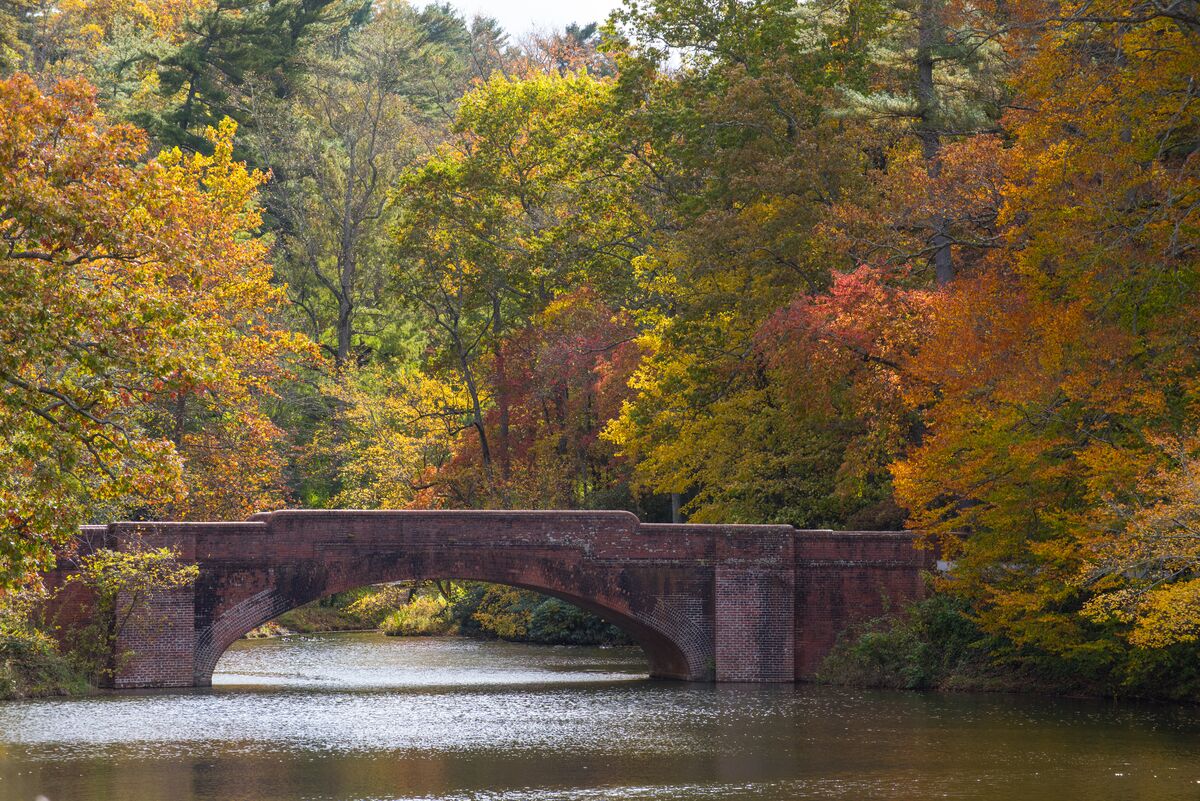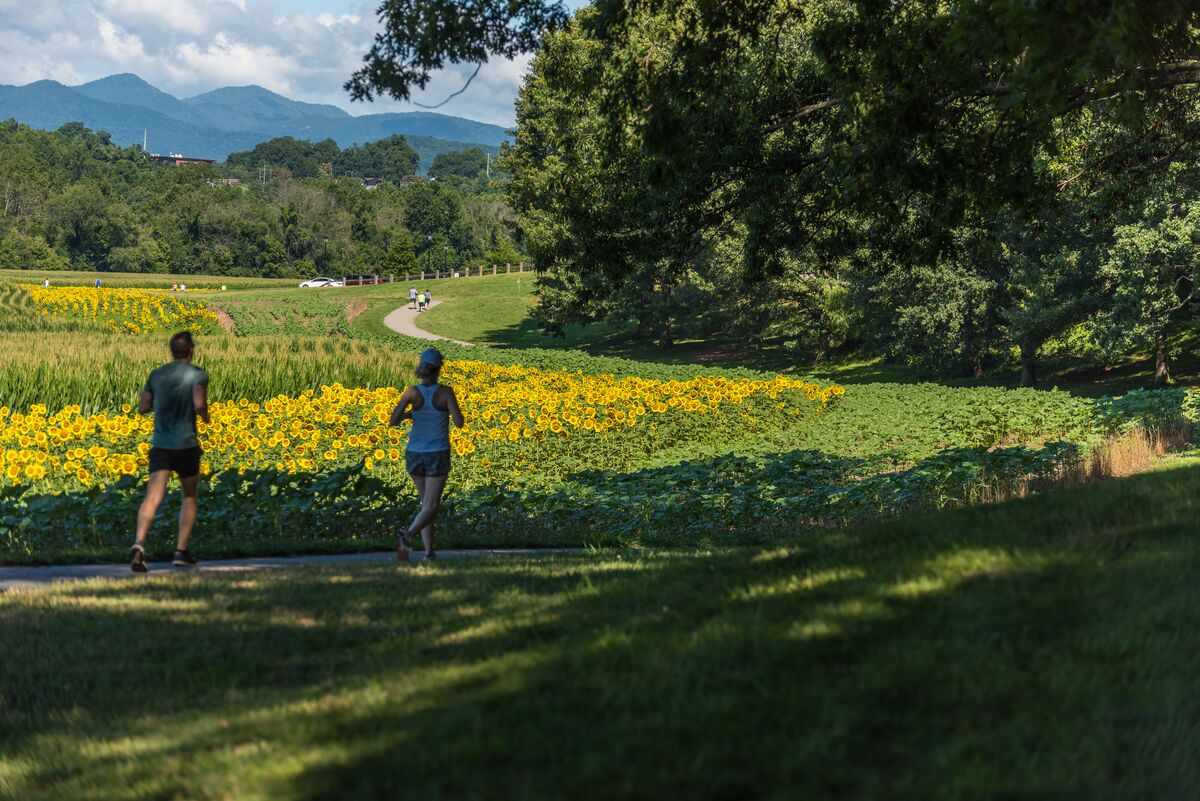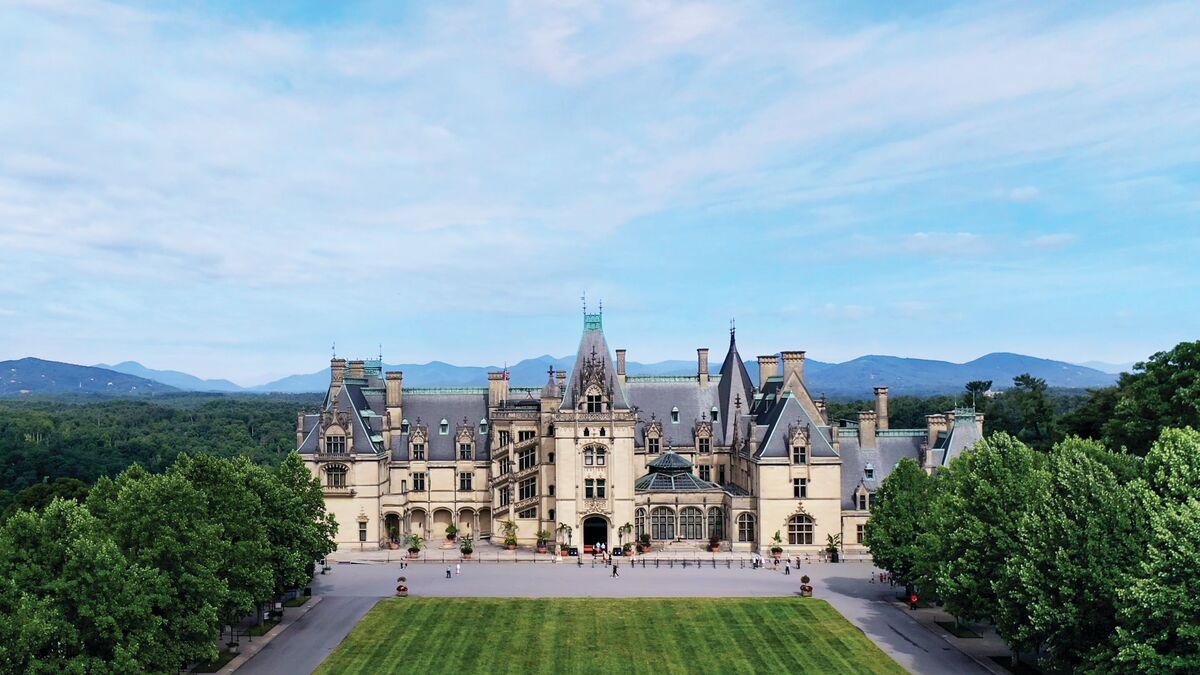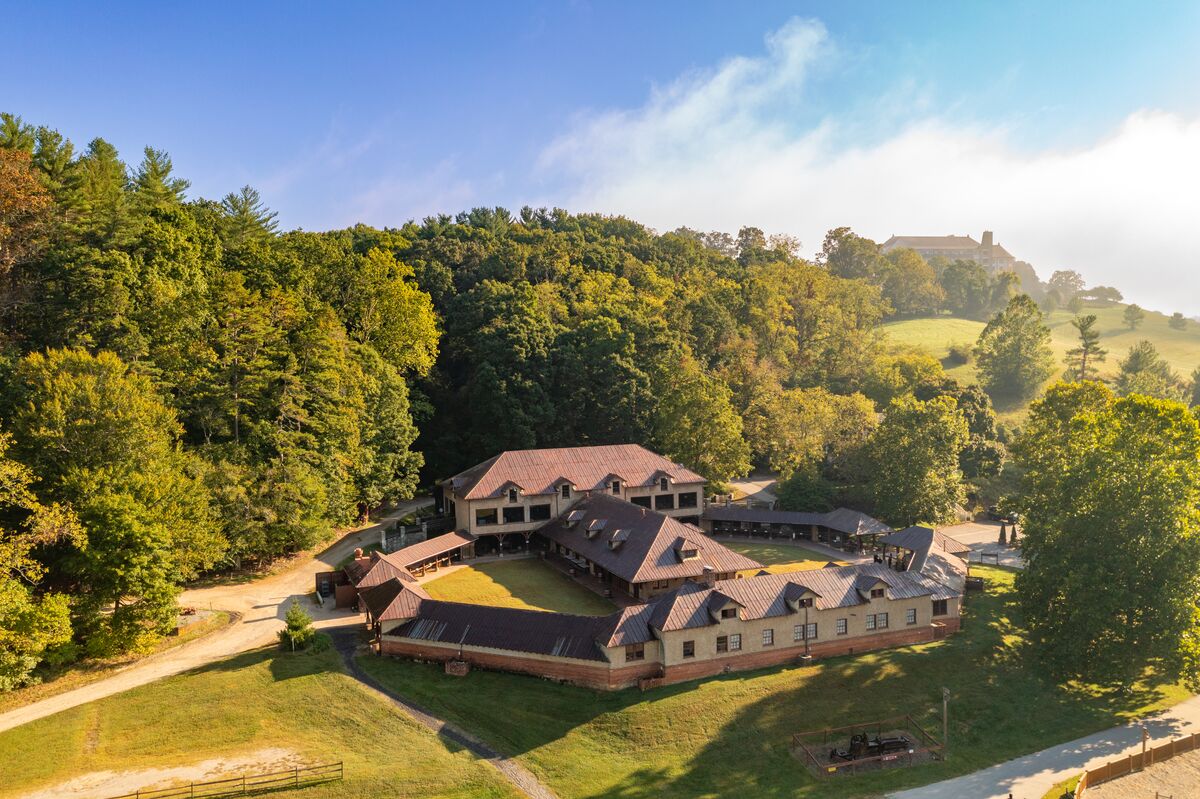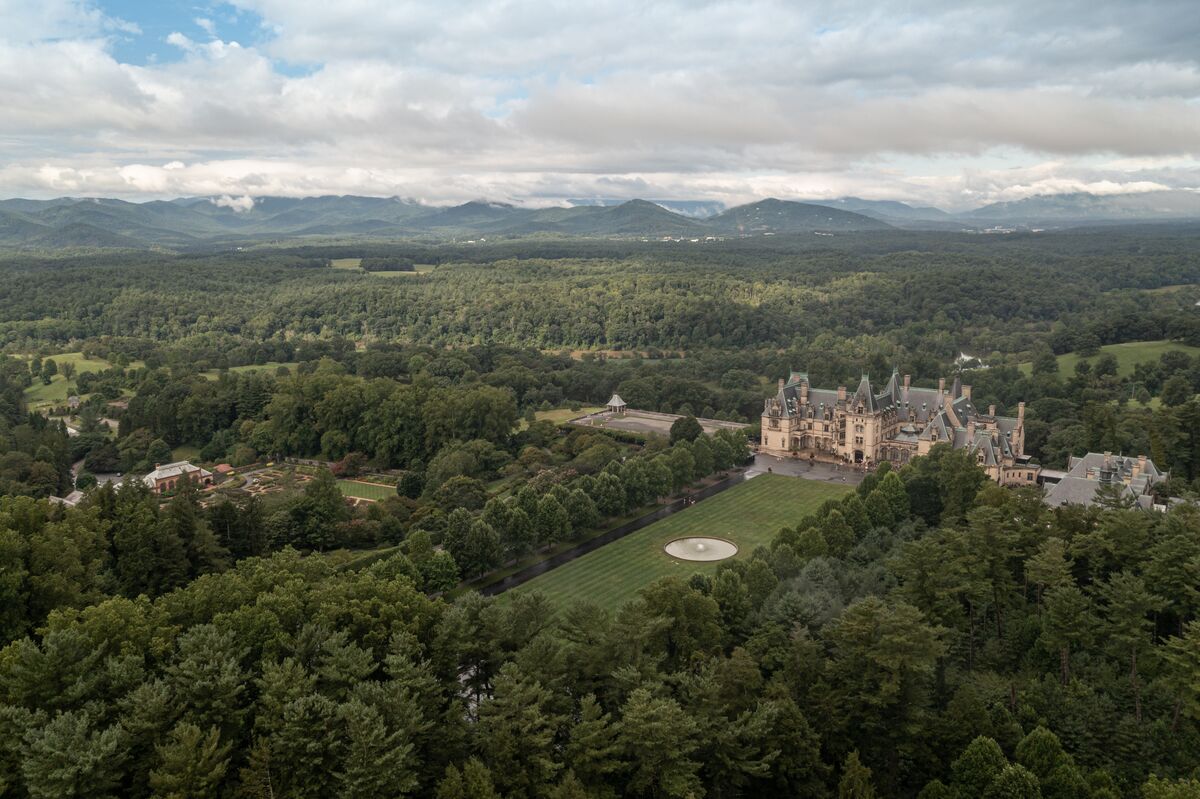The Railcar Red Wine runs smooth–and we invite you to try it for yourself!
The powerful red blend—handcrafted to honor George Vanderbilt’s personal ties to the American railroad industry—and as a complement to Biltmore Gardens Railway—is just the ticket for sipping and savoring with your favorite foods.
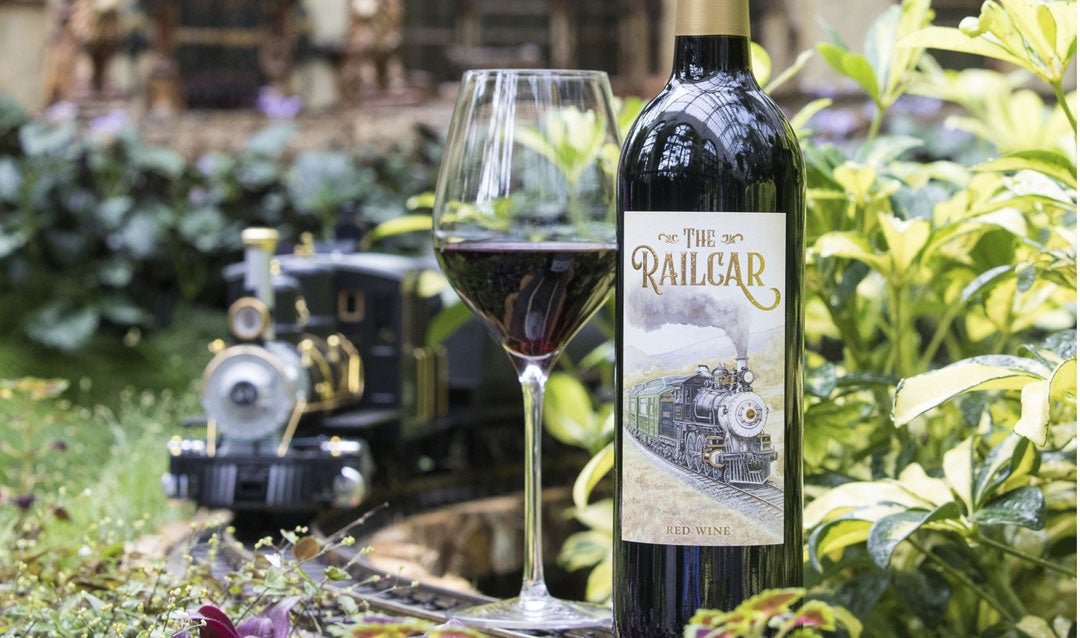
The Railcar red wine runs smooth
“The Railcar is a distinctive red wine crafted predominantly of Cabernet Sauvignon, Syrah, Petite Sirah, and Merlot,” said Biltmore Winemaker Sharon Fenchak. “I selected fruit from our vineyard partners in Paso Robles and Lake County—two outstanding grape-growing regions in California’s wine country.”
As soon as you uncork The Railcar, you’ll experience its earthy bouquet that includes hints of caramel, vanilla, plum, black cherry, and baking spice.

On tasting this medium-to-large bodied garnet-colored wine, you’ll discover bright cherry, plum, and dried fruit flavors up front, a bit of spice, and nice full tannins that make it an excellent pairing partner with barbecue, smoked meats, and pasta with red sauce.
Creating a distinctive label
“When we first talked about creating this wine, we knew it would need a special label that showcased how distinctive it is,” noted Jill Whitfield, Senior Marketing Manager, Biltmore Wines. “With that in mind, we reached out to Asheville artist Bryan Koontz to see what he envisioned for The Railcar.”
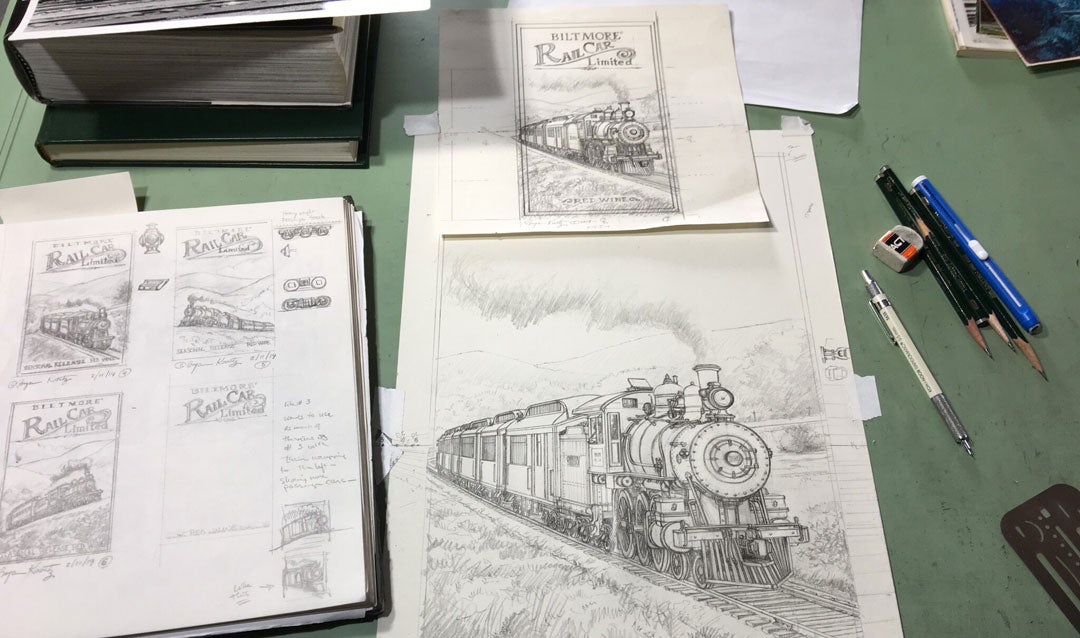
Getting on track with a local artist
In addition to being an an exceptional artist who created original artwork for our 2018 Christmas at Biltmore Wine labels and our 2019 Spring Release label, Bryan is a train aficionado whose detailed illustrations of trains have appeared in books depicting the historic development of railroads in this country.
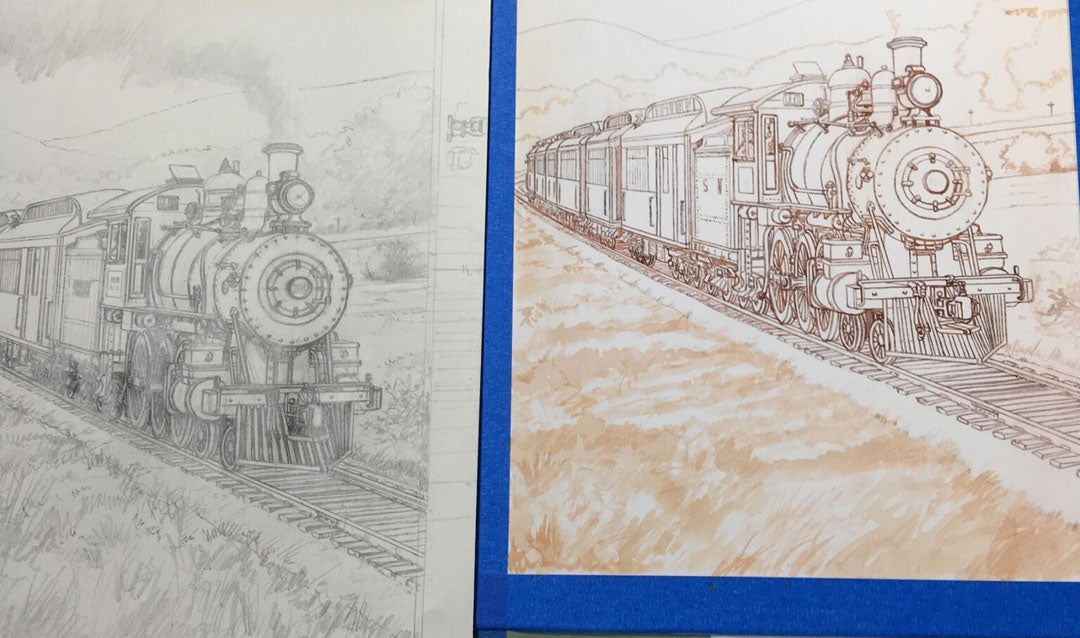
Concepts and sketches
He’s particularly knowledgeable about the types of steam engines that would have been in use in George Vanderbilt’s day, and he drew on that knowledge to create several concepts that he began to refine with a final destination in mind.
“I knew about George Vanderbilt’s railway connections,” said Bryan, “and that he had his own private railcar. That was the height of luxury at that time, to commission a custom-made railcar and travel in style anywhere a train could take you!”
Bryan’s initial concepts and early sketches were rendered in graphite pencil to provide the crisp clarity that characterizes his work. It’s a medium that lends itself to creating all the tiny details of a vintage steam engine.
Refining the details
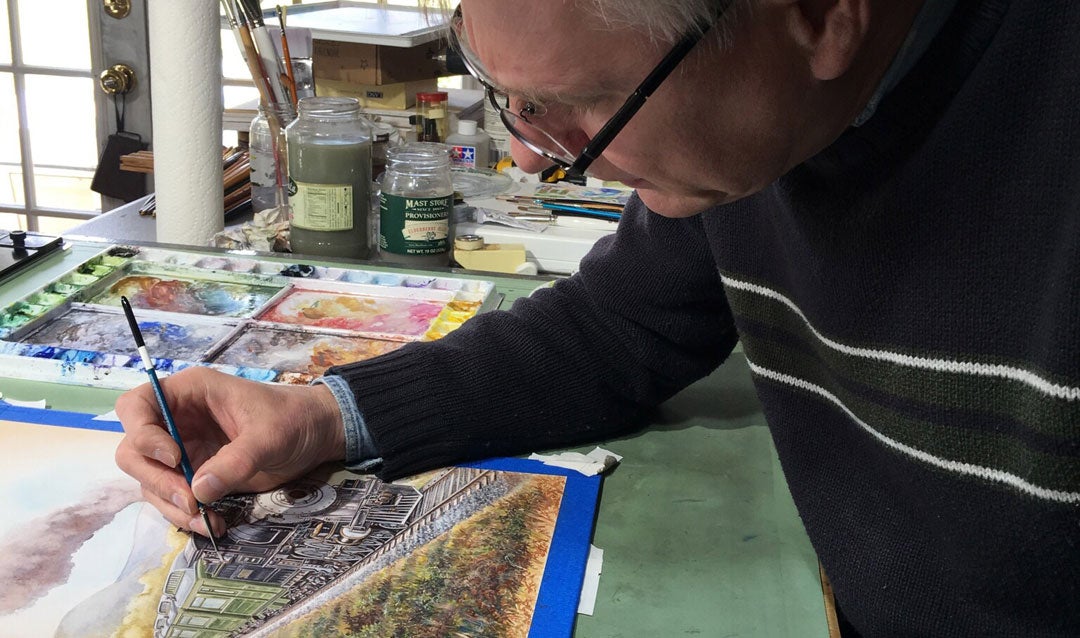
As the concept was refined toward its final iteration, Bryan used watercolors to bring the engine, its cars, and the surrounding landscape to life.
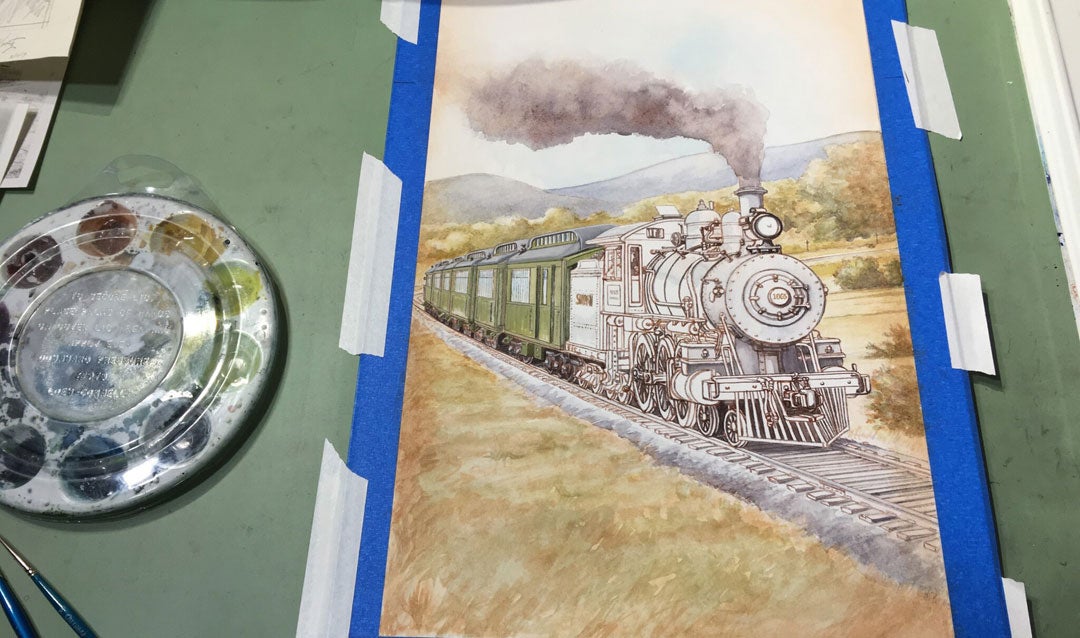
The final version looks so real you can almost hear the engine coming down the track toward you—perhaps pulling George Vanderbilt’s private railcar behind it!
Enjoy The Railcar Red Wine along with Biltmore Gardens Railway!
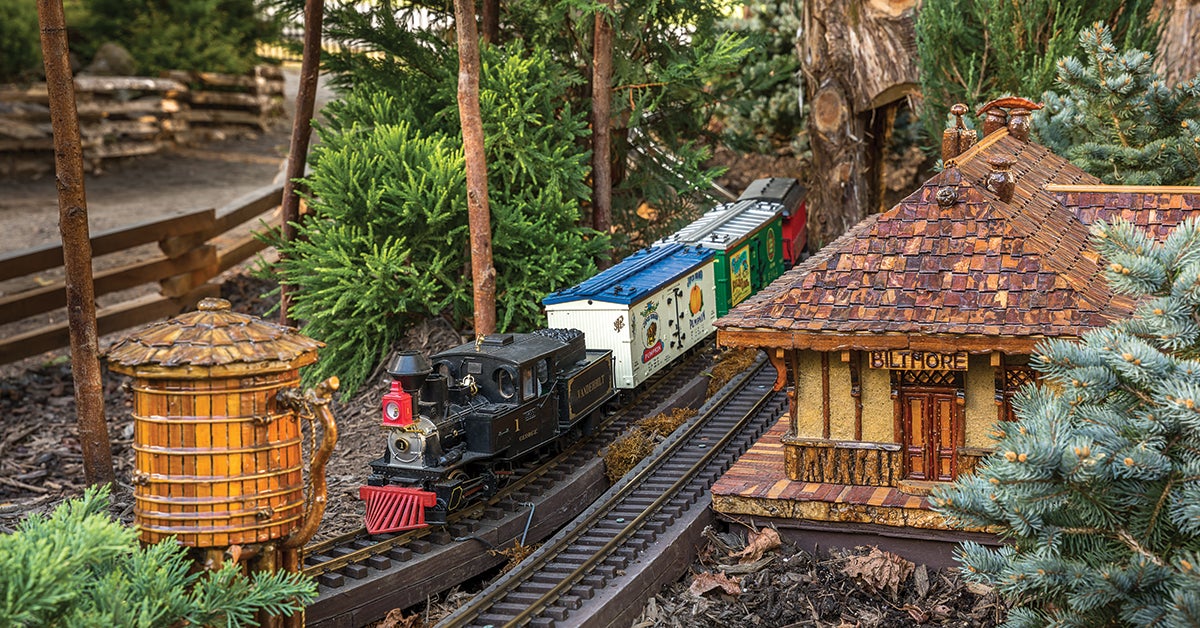
From July 1, 2020, through February 15, 2021, marvel at Biltmore Gardens Railway, our botanical model train display located in Antler Hill Village.
New this year, we’re featuring iconic American train stations crafted from natural materials such as leaves, twigs, and bark.
Stroll through this fascinating display that hearkens back to the golden age of train travel, and celebrate the occasion with a distinctive bottle of The Railcar Red Wine, available at estate shops, online, or close to home with our Retailer Locator.
